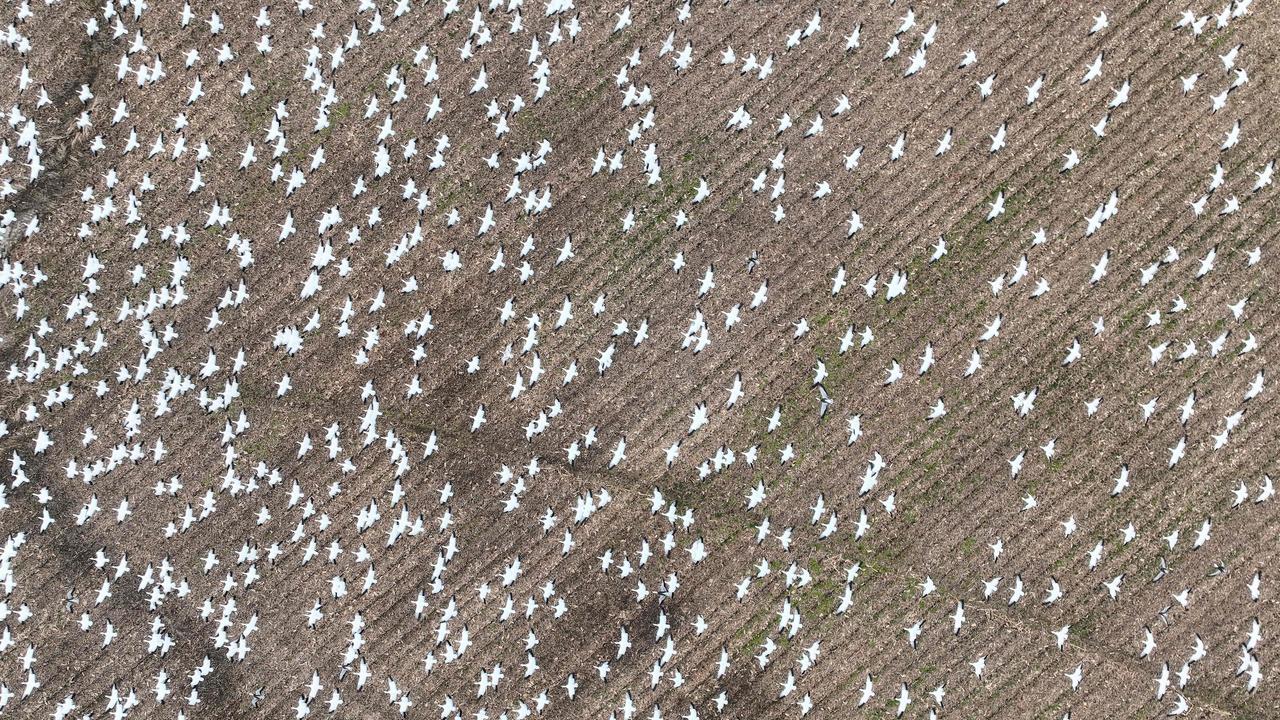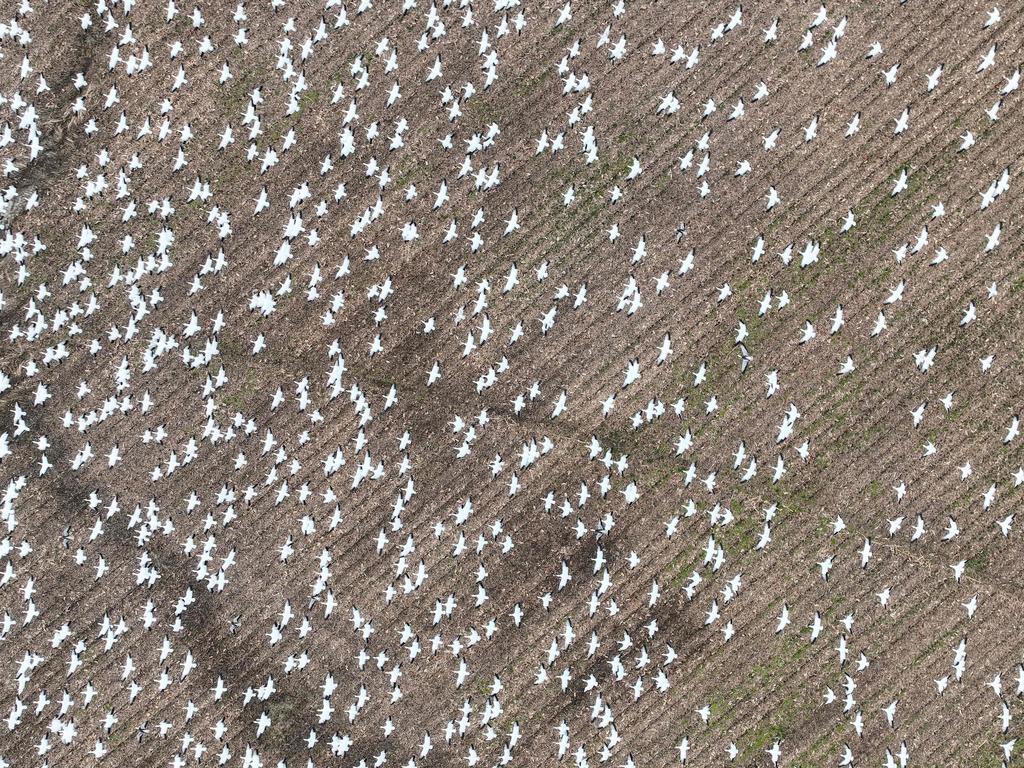Fears bird flu outbreak could spark human pandemic
There are fears that a deadly bird flu outbreak sweeping the globe is the kind of “spillover event” that could spark a human epidemic.

The largest ever bird flu outbreak is spilling over into mammals, including mink, bears, otters and foxes, as fears grow that the deadly virus could evolve and spark a human pandemic.
The virus, formally known as the avian flu, has killed 208 million birds around the world. There have so far been at least 200 recorded cases in mammals, including grizzly bears in America and mink in Spain, as well as in dolphins and seals.
In the UK, the Animal and Plant Health Agency (APHA) tested 66 mammals, and found nine otters and foxes were positive for highly pathogenic avian influenza (HPAI) H5N1.
The animals were found to have a mutation of the virus that could make it easier to infect other mammals, but there was no evidence of transmission between them, the BBC reports.
It is believed they had fed on dead or sick wild birds infected with the virus.
But public health bosses warn the mutation in mammals could see the virus replicate, evolve and become more transmissible to humans.
“Experimental and field evidence have demonstrated that minks are susceptible and permissive to both avian and human influenza A viruses (and) could serve as a potential mixing vessel for the interspecies transmission among birds, mammals and humans,” a paper published in Eurosurveillance in January read.

There have already been hundreds of cases of humans catching the strain of avian flu sweeping bird populations and some mammals. A total of 864 human cases of H5N1 have been reported to the World Health Organisation (WHO) since 2003, with 456 human deaths recorded, giving an estimated fatality rate of about 50 per cent.
But according to the WHO, the virus has “not acquired the ability for sustained transmission among humans. Thus the likelihood of human-to-human spread is low”.
“Due to the constantly evolving nature of influenza viruses, WHO continues to stress the importance of global surveillance to detect and monitor virological, epidemiological, and clinical changes associated with emerging or circulating influenza viruses that may affect human (or animal) health, and timely virus-sharing for risk assessment,” it added.
Although the mutated form of the H5N1 virus does not quickly jump to humans, it’s clear farms could act as incubators and reservoirs for the virus – just as they have done with Covid and other zoonotic diseases, The Telegraph reports.

Dr Wenqing Zhang, the head of WHO’s global influenza programme, said of the threat posed by the virus spilling over: “It is very concerning and the risk has been increasing over the years as reflected in the number of outbreaks in animals as well as a number of infections in humans.”
Jeremy Farrar, director of the Wellcome Trust and recently named as the next chief scientist at the WHO, says the greatest risk of the next pandemic comes from intermediate animal species – animals that could bridge the gap between birds and humans. Responding to the report on the Spanish mink farm, he tweeted: “Personal view. Greatest risk devastating flu pandemic is avian/animal flu that infects intermediate mammal (M), evolves M-2-M & H-2-H transmission & little/no human immunity.”
According to Matthew Baylis, the Oxendale chair of veterinary epidemiology at the University of Liverpool, the combined circumstances of a widespread bird flu outbreak and non-biosecure mink farms present a clear danger.
“We worry about influenza viruses that are a mix and affect different hosts, as we saw with H5N1 and swine flu (in 2009),” he told The Telegraph.
“What we don’t want is this virus that is circulating massively (in birds) to get better at infecting people.
“In the end we might see one of these (mutations) that is really severe,” he said.
Most human cases of avian H5N1 occur in people working closely with birds.




